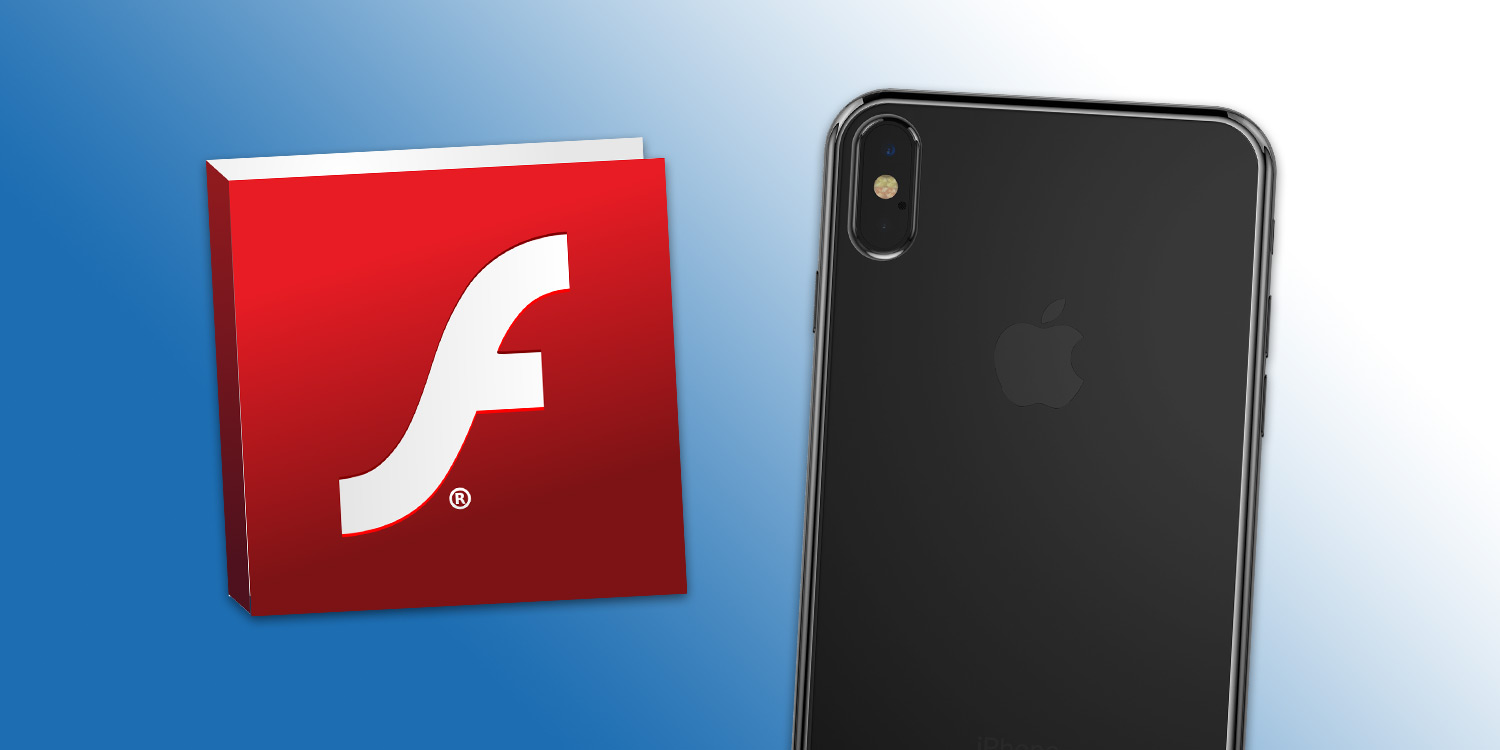The Flash browser plug-in has finally died, more than a decade after Apple and Steve Jobs inflicted a mortal blow.
After encouraging developers to move on to HTML5 in 2015, Adobe announced in 2017 that it would be wrapping up support for the once-mighty Flash at the end of 2020. The company will begin actively blocking Flash Player content from January 12, while major web browsers have already culled their support.
Apple and particularly Steve Jobs took a deeply attritional stance on Adobe Flash from the early days of the iPhone. The operating system we now know as iOS has never supported the browser plug-in, which was a massive deal back in the late noughties, when the internet still relied on Flash for a lot of its video content.
Jobs ultimately clarified his stance in 2010 via a stinging open letter titled ‘Thoughts on Flash’. He cited the standard’s infamously inelegant and inefficient nature, which would see Flash content eating through the battery life of the portable devices of the time, and prompting computer crashes.
He also found Flash’s security lacking, condemned its lack of touch support, and criticized it for effectively being a closed system and an unnecessary layer between platform and developer.
To what extent these complaints accelerated the end of a standard that was already widely viewed as clunky and outdated is debatable, but they certainly drew extra heat and attention. Essentially, the back-and-forth war of words (and legal threats) in the press was the Apple vs Facebook of its day.
Whatever the case, Flash will be remembered positively for a couple of reasons. Most notably, the Flash games scene pre-empted the current mobile games market, which would ultimately go on to adopt many Flash game mechanics, genres, and indeed developers. For that at least, even Apple fans can be thankful.

